[Learning Points]
- checkups before surgery:A blood test, a urinalysis and a stool analysis,a chest x-ray for initial assessment of pulmonary and cardiac function,a cardiac ultrasonography for assessment of cardiac valves and myocardial contractility,a cardiac catheterization to evaluate the presence of coronary artery disease,an electrocardiogram to assess for arrhythmia or myocardial infarction.
- Please consult your medical staff and doctor if you have any questions
- The day before surgery, accompanied by staff members to visit the ICU,sign papers for surgery, anesthesia and ICU consent.then, you’ll learn how to take a bath and clean skin: the nurse will teach you how to scrub your body from the neck to the thighs, no food or water after midnight until surgery is done
I. Possible checkups before surgery:
- A blood test, a urinalysis and a stool analysis.
- A chest x-ray for initial assessment of pulmonary and cardiac function.
- A cardiac ultrasonography for assessment of cardiac valves and myocardial contractility
- A cardiac catheterization to evaluate the presence of coronary artery disease.
- An electrocardiogram to assess for arrhythmia or myocardial infarction.
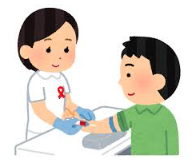
- A pulmonary functions test to assess pulmonary function.

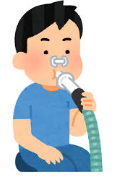
- A carotid artery and intracranial artery ultrasound.
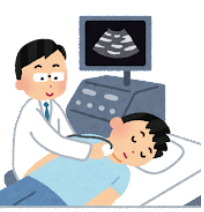
- A computed tomography to assess the structure of the aorta and sternum.
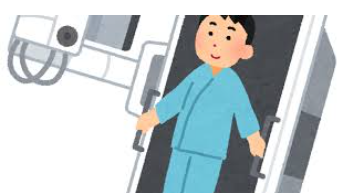
- Cardiac MRI or Nuclear Medicine Myocardial Perfusion Scan: evaluate the condition of the heart muscle cells
II. Consultations:
- Preoperative anesthesia.
- Cardiopulmonary rehabilitation: deep breathing, coughing, induced incentive spirometer.
- Dental consultations: assess and treat dental caries.
- Others
III. Preparations before surgery:
- Smoking cessation as early as possible. Excessive secretion of mucus and difficulty in expectoration after surgery might occur. Cigarettes would make it worse (accumulation of mucus easily leads to pneumonia).
Stop taking antiplatelet agents or anticoagulants as per your doctor’s orders. - Maintain proper nutrition and physical condition.
- Maintain a happy mood and confidence, to have sufficient sleep at night before surgery.
- Please consult your medical staff and doctor if you have any questions
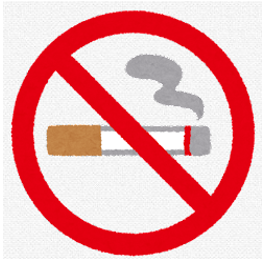
Smoking cessation
IV. Lessons to be learned before surgery:
- Deep breathing exercise: You can sit or lie supine, but it is better to sit or stand. Put your hands on the outside of the upper abdomen, buckle your knees, relax the abdominal muscles, breathe with your nose until the upper abdomen swells up, slowly exhale from your mouth and push out of the air in the abdomen by doing contraction exercise, do it 5–10 times for every hour.

- Cough exercise:
- You can sit or lie in bed, have your upper body lean forwards, put your hands flat against the chest surgical wounds, or you can also support it by holding a pillow against the wounds;
- First, inhale deeply, hold your breath for about 1–2 seconds and then cough by the abdominal contraction force; when coughing, protect the chest wounds with your hands or a pillow pressing against it.
- Incentive spirometer usage:After a surgery, reduced ventilation volume would cause lung collapse, difficult sputum expectoration, pleural effusion and activity intolerance. Using the incentive spirometer can increase lung capacity. Use the incentive spirometer at least 10 times every hour. However, do not use it half an hour before or after eating.The instructions for use is shown as follows: exhale fully → place the mouthpiece in your mouth and seal your lips around it and breathe in slowly and deeply (exhale fully)→ hold your breath for at least 5 seconds and then exhale slowly to allow the piston to fall to the bottom of the column → rest for one minute and repeat the steps above. Continue using it for at least three months after surgery.
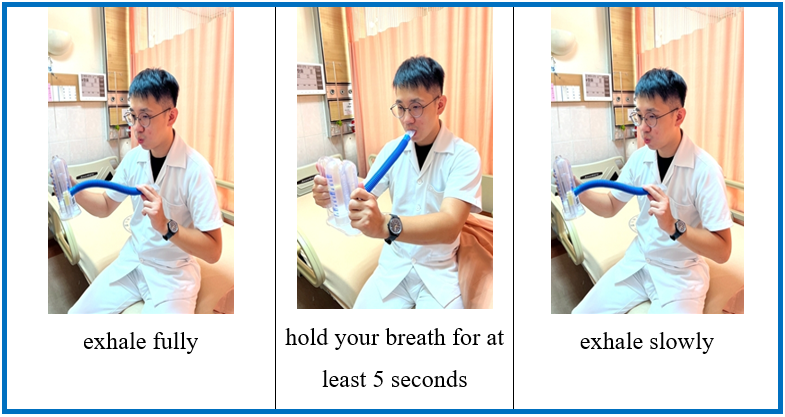
- Change the position to get out of bed:Lie on your side first and then sit up by supporting your body with your elbow against the bed. Then put your feet on the floor and sit on the bed with your body supported by your arms. Stand up 2-3 minutes later if there was no lightheadedness to prevent postural hypotension.
- Ankle/limb exercise:Do stretch –flexion exercise during the period of bed rest, 3 rounds a day and 10 times each round. It could prevent deep vein thrombosis and relieve peripheral edema.

- Use a bedpan: Sit up on the bed, bend your knees and then lift your hip in order to slide the bedpan under the bottom. After that, raise the head of your bed to a 30 - 60 degrees angle. Try to imagine that you’re somewhere in the toilet. It is easier to discharge feces in this way.
V. Preparations before surgery:
- The day before surgery, accompanied by staff members to visit the ICU.
- Sign papers for surgery, anesthesia and ICU consent. (Fill in the self-payment permit if necessary.)
- The day before surgery, you’ll learn how to take a bath and clean skin: the nurse will teach you how to scrub your body from the neck to the thighs.
- Chest binder brace needed if the surgical approval is median sternotomy.
- Do not interfere with the medical staff to observe the blood circulation, please remove your nail polish..
- No food or water after midnight until surgery is done.
VI. Preparations on the day of surgery:
- Please take off your dentures, artificial eyes, and artificial limbs, etc, and give them to your families.
- Please wear the surgical gown.
- Remember to arrange your personal articles (spirometer, chest binder brace, and toiletries, etc.), and get ready to be transferred to the ICU.
- Please let your family wait outside of the operation room during the surgery to keep in touch.
VII.Conclusion
The operation causes major psychological pressure on family members and patients. Understanding the hospitalization process and related examinations will help smooth the hospitalization, reduce psychological pressure and improve the hospitalization experience.
VIII. Reference
- Ai, A. L., McMullen, C. A., & Smyth, S. S. (2020). Preoperative optimism related to low anxiety in patients 1 month after open heart surgery. The Journal of Nervous and Mental disease, 208(12), 966–973. https://doi.org/10.1097/NMD.0000000000001236
- Kamarajah, S. K., Bundred, J., Weblin, J., & Tan, B. (2020). Critical appraisal on the impact of preoperative rehabilitation and outcomes after major abdominal and cardiothoracic surgery: A systematic review and meta-analysis. Surgery, 167(3), 540–549. https://doi.org/10.1016/j.surg.2019.07.032
- Pedersen, P. U., Tracey, A., Sindby, J. E., & Bjerrum, M. (2019). Preoperative oral hygiene recommendation before open-heart surgery: Patients' adherence and reduction of infections: A quality improvement study. BMJ Open Quality, 8(2), e000512. https://doi.org/10.1136/bmjoq-2018-000512.
Health Education before Heart Surgery
Let's take a test to confirm that you have a thorough understanding
評語
統計結果不開放
請登入後才可以評分
未登入或權限不足!
- 位置
-
- 資料夾名稱
- English
- 上傳者
- 王勝昌
- 單位
- 中榮護理衛教
- 英文名稱
- Health Education before Heart Surgery
- 分類
- 手術
- 科別
- 心臟外科
- 癌症照護
- 否
- 建立
- 2024-02-23 17:44:45
- 制訂日期
- 2014-01-04
- 最近修訂
- 2024-03-22 11:12:00